This site uses only a few technical cookies necessary for its operation. By continuing to browse, you accept their use.
To find out more...
To find out more...
A few tips for effective kneading at home
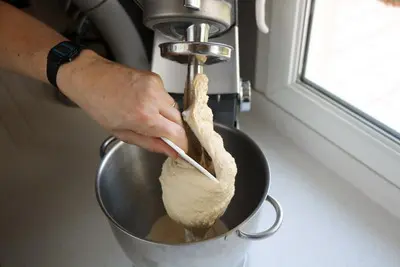
When you have to knead dough for bread or some other recipe, you may well use a food processor or the type of machine known as a stand mixer. The best-known brands are Kenwood and KitchenAid. They are useful tools, but here are a few tips to help you get the best out of them.
Last modified on: June 23th 2021
A few tips for effective kneading at home
Let's start with an observation: these mini-kneaders can handle all sorts of baking and preparation, and are no less effective, when it comes to making bread or viennoiseries, for working a dough using the dough hook.
In practice, if we simply tip all the ingredients into the bowl and start the machine going, of course it will knead, but not very efficiently: the dough will tend to wrap around the hook, risks overheating, etc., and the kneading time shown in the recipe may not be long enough as a result.
In short, it's much better to avoid these issues, so here are 4 basic tips.
It is important to stop the mixer after the first 3 or 4 minutes of kneading and go round the sides with a flexible dough scraper to get any remaining flour into the dough, then carry on kneading.
If you don't scrape the bowl, these bits will end up hardening. They may fall into the dough later, will not mix in properly and will leave unpleasant, hard lumps in the bread. Bonus: your bowl will be easier to wash up afterwards.
Unfortunately, there is no easy solution to this problem: we need to stop the mixer frequently and unwrap the dough from around the hook, then start kneading again.
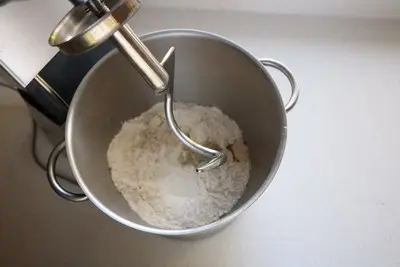
In practice, if we simply tip all the ingredients into the bowl and start the machine going, of course it will knead, but not very efficiently: the dough will tend to wrap around the hook, risks overheating, etc., and the kneading time shown in the recipe may not be long enough as a result.
In short, it's much better to avoid these issues, so here are 4 basic tips.
1. Ingredients in the right order
In all bread and pâtisserie recipes, we add all the ingredients to the bowl before starting to knead. Does the order in which they are added make any difference? Yes – we need to add the liquid first (water, milk, eggs, wine, etc.) and only then the flour and other dry ingredients. This helps the ingredients to start mixing straight away and makes the subsequent kneading more efficient.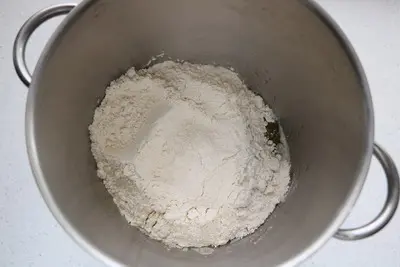
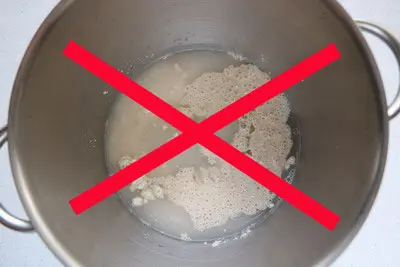
2. Slow speed
Whatever brand of mixer you have, it is worth knowing that they always run too fast for effective bakery-style kneading. So we need to start on the slowest speed every time. It might not be perfect, but this comes fairly close to classic bakery kneading speed.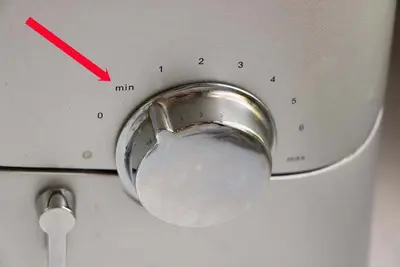
3. Scrape the bowl
After kneading for a few minutes, the mixture will begin to build the dough structure and form into a ball, which the hook will then turn and knead. But there will inevitably be some flour stuck around the sides of the bowl above the level of the mixed dough.It is important to stop the mixer after the first 3 or 4 minutes of kneading and go round the sides with a flexible dough scraper to get any remaining flour into the dough, then carry on kneading.
If you don't scrape the bowl, these bits will end up hardening. They may fall into the dough later, will not mix in properly and will leave unpleasant, hard lumps in the bread. Bonus: your bowl will be easier to wash up afterwards.
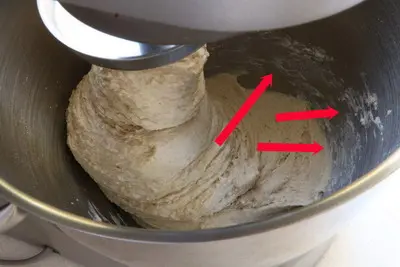
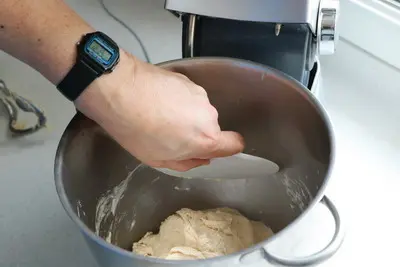
4. Stop the dough wrapping around the hook
After a few minutes of kneading, and especially if the dough is on the firm side, you will see it wrap itself around the hook. Once it is stuck like this, it can no longer be kneaded properly. This is the main disadvantage of kitchen mixers compared with proper bakery kneading machines. The movement of the dough hook is fairly minimal, so it ends up gathering the dough around itself.Unfortunately, there is no easy solution to this problem: we need to stop the mixer frequently and unwrap the dough from around the hook, then start kneading again.
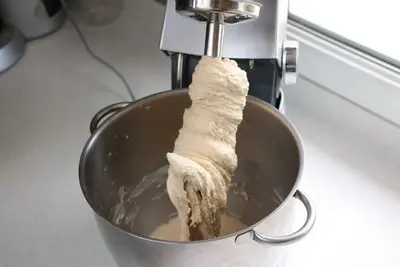

To sum up
It is possible to get good results using a mixer to knead bread dough, but there are 4 key points to watch: the order of the ingredients (liquid in the bowl first), the kneading speed (the slower the better), keeping the bowl clean (scrape the sides after a few minutes) and, lastly, the tendency of the dough to wrap itself around the hook (free up the hook at regular intervals).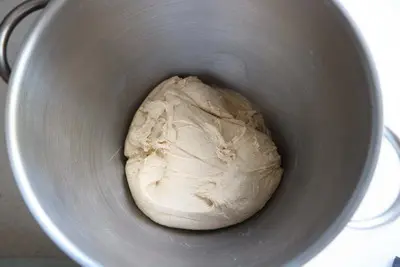
Lasts posts
Butter vs. grease
We often read in a recipe where a pastry is put into a mould that, just before pouring, the mould should be buttered or greased. But what's the difference between these 2 terms?December 1st 20251,1965
Getting out of the fridge early
Very often when you're cooking, you need to take food or preparations out of the fridge, to use them in the recipe in progress. There's nothing tricky about this: you just take them out of the fridge and use them, usually immediately, in the recipe. But is this really a good method?November 24th 20251,2065
Who's making the croissants?
When you look at a bakery from the outside, you naturally think that in the bakery, the bakers make the bread, and in the laboratory, the pastry chefs make the cakes. It's very often like that, with each of these professions having quite different ways of working, but sometimes there's also one...November 23th 20251,100
Oven height
When we put a dish or cake in the oven, we naturally tend to put it on the middle shelf, and that's what we usually do. But in some cases, this position and height can be a little tricky, so let's find out why.October 8th 20252,9915
The importance of sieving
In recipes that use a fine powder (flour, powdered sugar, etc.), you'll often see the advice to sift before using it. To sift is to pass the powder in question through a sieve (a very fine strainer) before incorporating it into your recipe. It's often advice, but is it really useful?September 3rd 20257,6973
Other pages you may also like
Candied fruits: don't get ripped off
Do you like candied fruit? You might like to nibble a handful or add it to a recipe, like a classic fruit cake or delicious Italian specialities like panettone or sicilian epiphany pie.June 21th 201767 K 24.2
Kitchen ovens
You certainly have one in your kitchen, an oven, the essential tool for all kinds of cooking, whether in the kitchen of course, but also in pastry, bakery, pizza, and many others. Here is some information on its structure and operation.May 16th 202034 K4.4
The window-pane test in bread-making
The home bread-makers often ask themselves “Have I kneaded my dough long enough?” . A good question, as dough that is insufficiently kneaded will not rise properly or will fall flat when the top is slashed, which is very frustrating. To know when the dough is ready, one can rely on the length...June 16th 202197 K 23.9
What is the difference between bakery and patisserie?
This is a question that you may well have asked yourself and which I will attempt to answer. In France the two trades of "boulangerie" (bakery) and "pâtisserie" (patisserie and confectionery) have always been quite distinct, but where exactly do the boundaries lie? .February 7th 2017134 K 14.1
Egg yolks and caster sugar
We often come across recipes where we need to mix egg yolks with caster sugar. This would appear to be a very ordinary and simple thing to do but, be warned, these two ingredients can behave oddly together.February 15th 201883 K 24.3
Follow this page (as 13 people already do)
If you are interested in this page, you can "follow" it, by entering your email address here. You will then receive a notification immediately each time the page is modified or a new comment is added. Please note that you will need to confirm this following.
Note: We'll never share your e-mail address with anyone else.
Alternatively: you can subscribe to the mailing list of cooling-ez.com , you will receive a e-mail for each new recipe published on the site.










The 2 comments already posted on this page
I've never seen a recipe with such detail and hints on every aspect of baking, ( the steaming of the oven was extremely helpful)
My loafs of bread were always flavorful, but the crust was like a rock : ).
I can't wait to bake a loaf of bread again and have a normal this crust.
May you be safe,